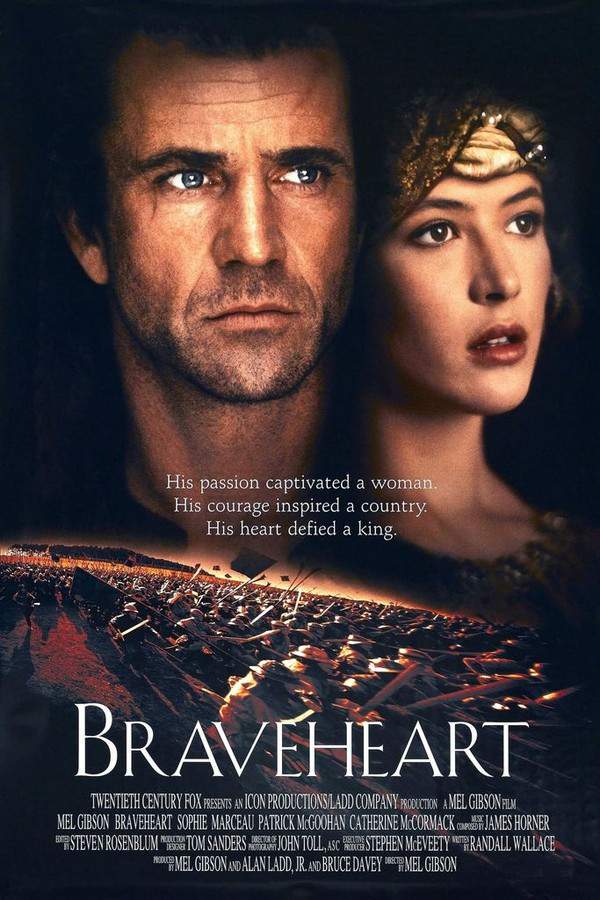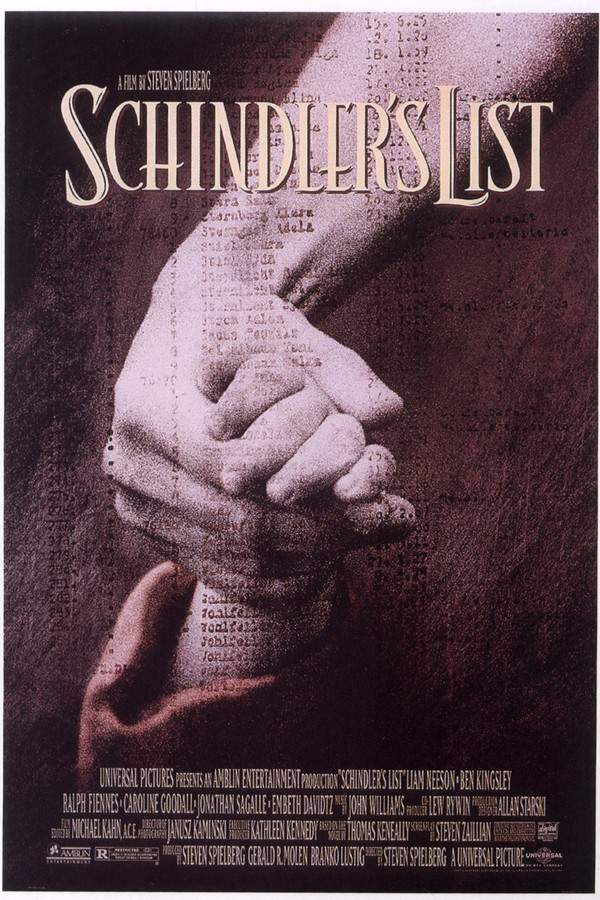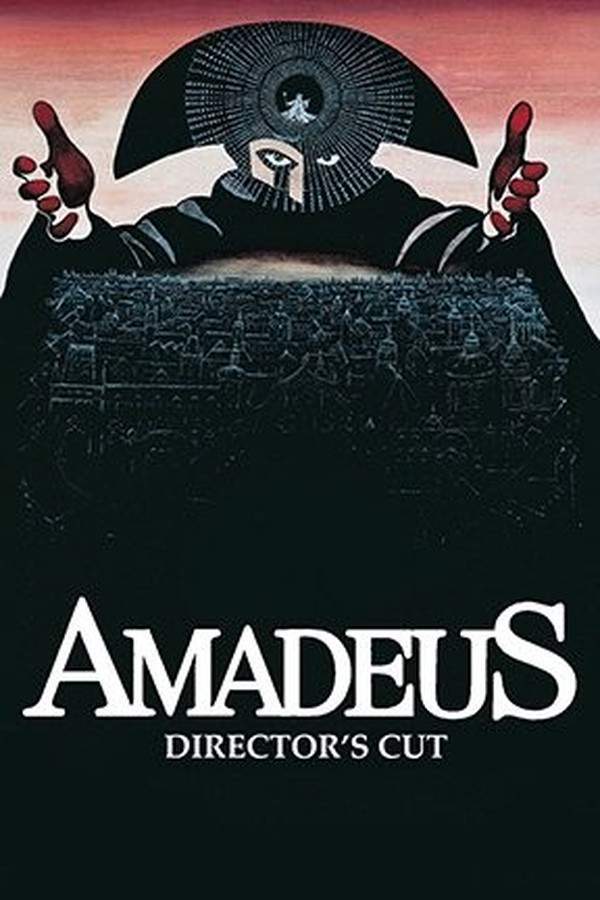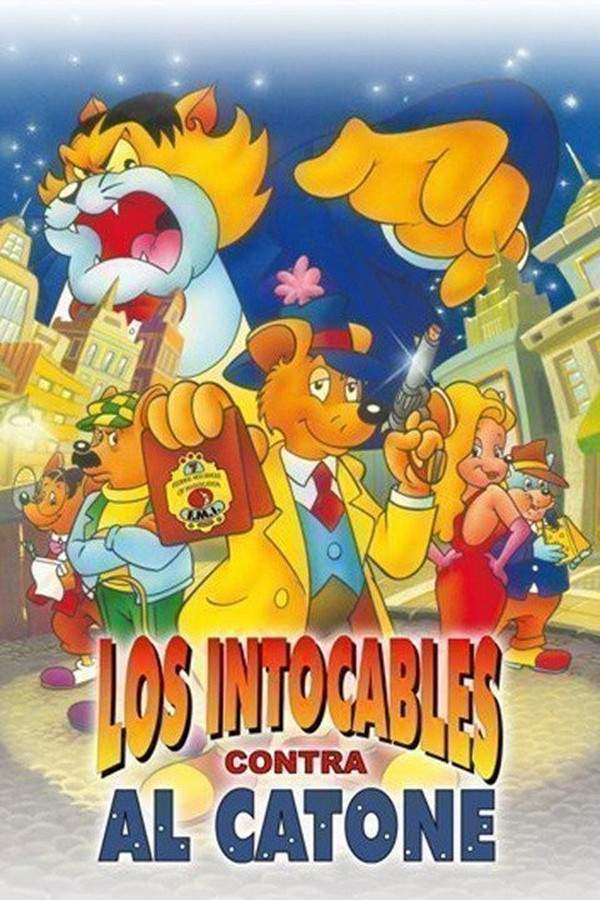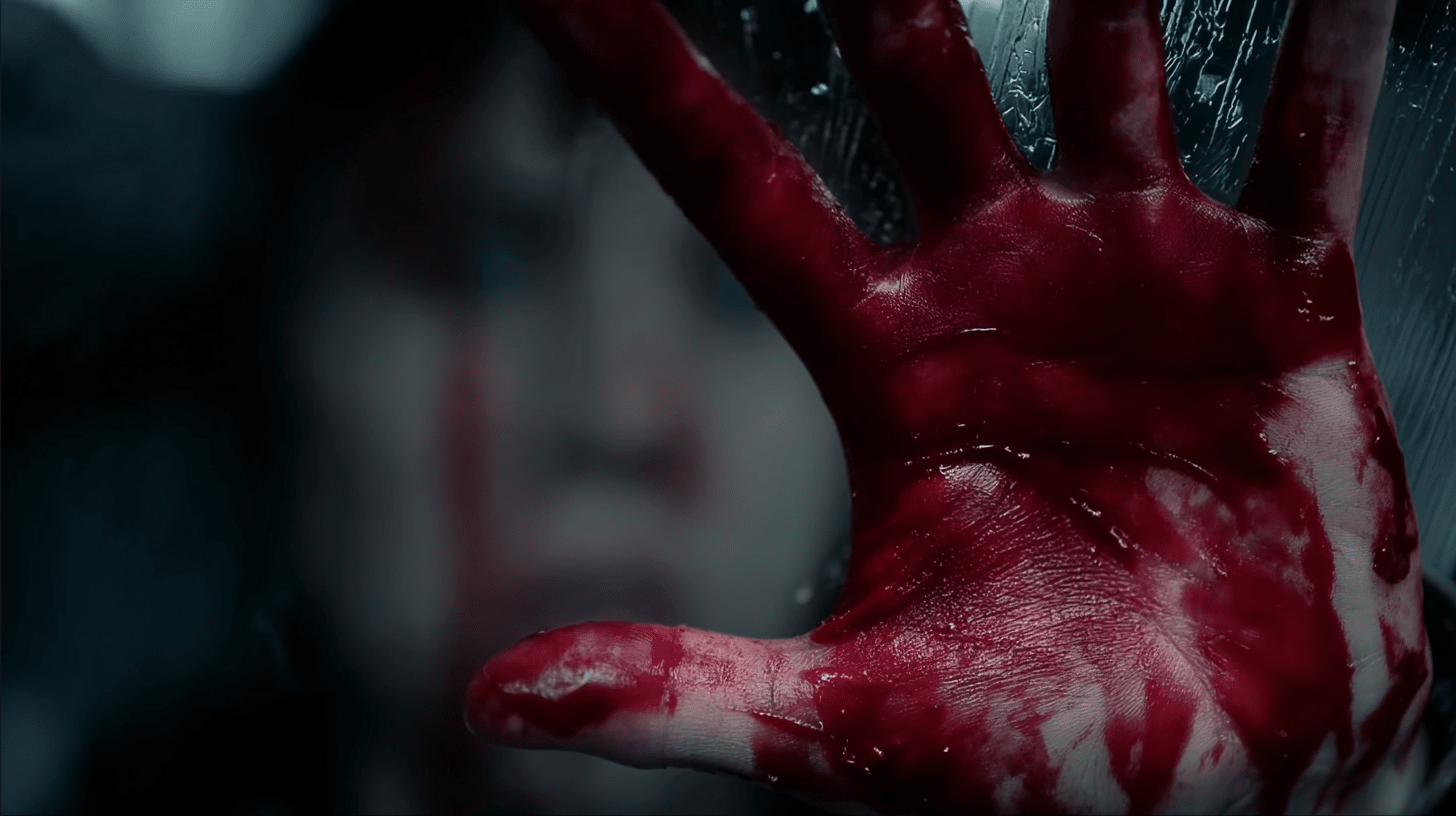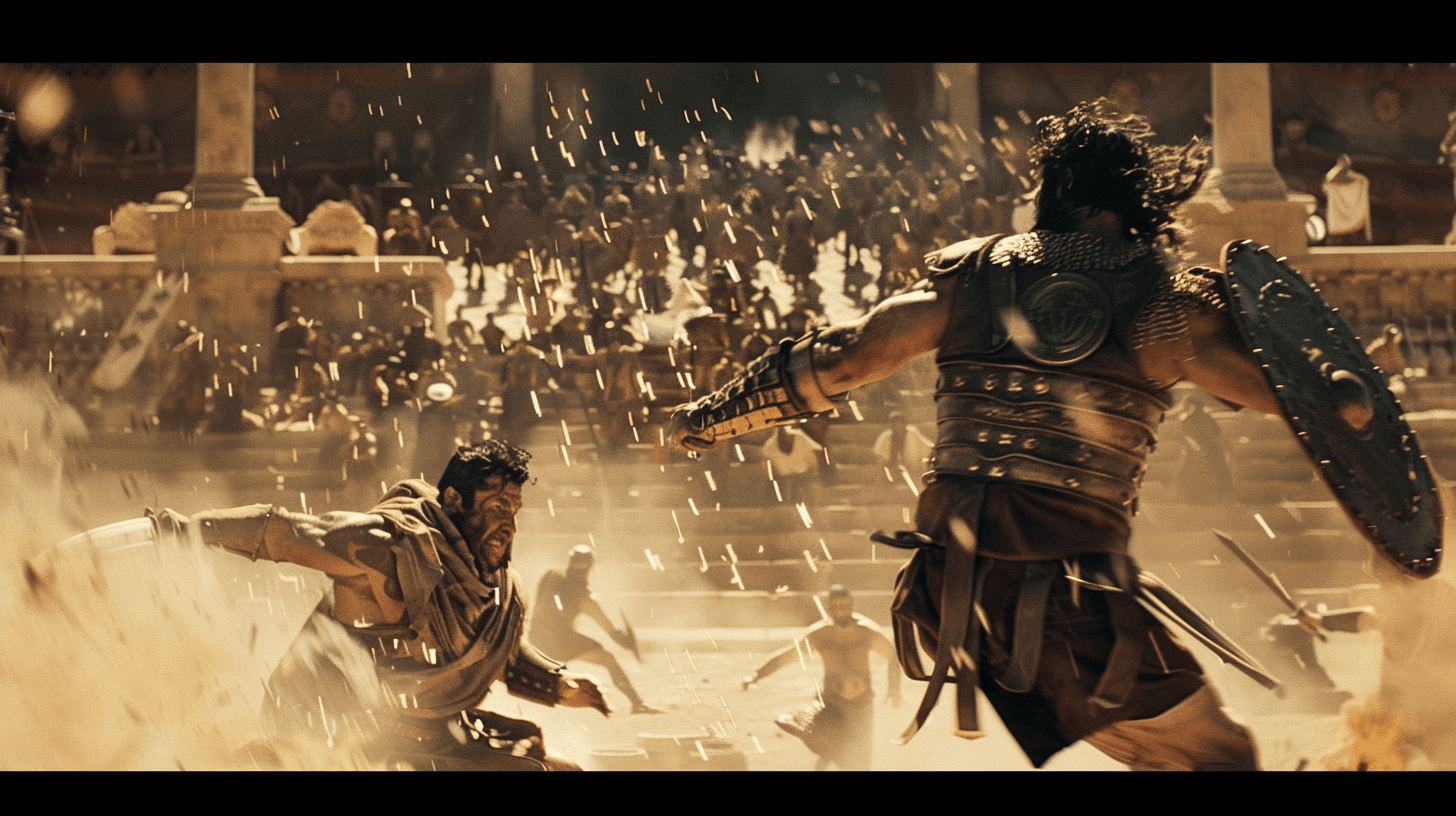What's After the Blog?
History • Production
The Journey of Creating a Historical Drama
Explore the intricate process of creating a historical drama, from research and scriptwriting to production and audience reception, in our detailed blog post.
November 15, 2024

Movies mentioned in this article
The Journey of Creating a Historical Drama
Introduction
The creation of a historical drama is a journey that intertwines the delicate threads of history with the art of cinematic storytelling. These films, set against the backdrop of real historical events, require a meticulous blend of accuracy, creativity, and narrative flair. They transport audiences back in time, offering a lens through which we can view and understand the past. For enthusiasts who appreciate the depth and complexity of these films, platforms like ATM provide an enriched viewing experience by offering detailed insights into the making and significance of such cinematic works.
Conceptualizing the Historical Narrative
The first step in creating a historical drama is conceptualizing the narrative. This stage involves selecting a specific time period and historical event or figure as the central focus of the film. Filmmakers must decide how closely they want to adhere to historical facts and where creative liberties might be necessary for the sake of the story. This balancing act between historical accuracy and artistic storytelling is crucial in crafting a compelling narrative that both educates and entertains.
- Choosing the Subject: Selecting the right historical event or figure is pivotal. Films like “Lincoln” focus on a significant historical figure, while others like “Dunkirk” center around a pivotal event.
- Historical Accuracy vs. Creative Liberty: Filmmakers must decide how much creative liberty to take with historical facts. Films like “Braveheart” take considerable creative liberties, while others like “Schindler’s List” adhere more closely to the historical record.
The process of conceptualizing a historical drama also involves considering the relevance and resonance of the chosen subject with contemporary audiences. The goal is to create a film that not only depicts a particular era or event but also draws parallels with current societal issues or human experiences, making the historical narrative more engaging and relatable for modern viewers.
Research and Authenticity
One of the most critical stages in creating a historical drama is conducting thorough research to ensure authenticity. This stage is fundamental in laying a solid foundation for the film, as it involves gathering detailed information about the chosen time period, the historical figures involved, and the sociopolitical context. Filmmakers often collaborate with historians, experts, and consultants to achieve a high level of accuracy in depicting historical events and lifestyles.
- Importance of Detail: The credibility of a historical drama often hinges on the small details, such as the dialects spoken, the clothing worn, and the settings portrayed. For instance, the meticulous depiction of 18th-century England in “Amadeus” greatly enhances its authenticity.
- Balancing Facts and Drama: While striving for historical accuracy, filmmakers must also craft a compelling narrative. A question that often arises is, “What role does research play in the creation of a historical drama?” The answer lies in using research not just to ensure factual accuracy but also to inspire and inform the dramatic elements of the story.
Writing the Script
The scriptwriting phase is where the research material is woven into a coherent and engaging narrative. This stage involves not only the adaptation of historical facts into a screenplay but also the creative interpretation of these events to construct a compelling story. Scriptwriters must balance historical accuracy with the need to create dramatic tension and develop relatable characters.
- Adapting Historical Events: Scriptwriters often face the challenge of condensing complex historical events into a film’s limited runtime. Selecting which events to depict and how to portray them can significantly impact the film’s narrative arc.
- Character Development: Historical dramas often revolve around central figures whose personal journeys and transformations are crucial to the story. Scriptwriters must delve into the psychology of these figures, interpreting their motivations and actions in a way that resonates with modern audiences.
The script is the blueprint of the film, setting the tone and direction for all subsequent stages of production. It’s a delicate balance of historical education and cinematic storytelling, aiming to bring the past to life in a manner that is both informative and emotionally engaging.
Designing the World: Set and Costume
The visual realization of a historical drama is a crucial aspect of its production, where the script’s words are transformed into tangible settings and costumes. Production designers and costume designers play pivotal roles in this process, painstakingly recreating the historical period’s architecture, interior designs, clothing, and overall aesthetic.
- Set Design: Production designers research architectural styles, artifacts, and landscapes of the period to create authentic sets. For example, the recreation of early 20th-century Chicago in “The Untouchables” required detailed research into the city’s history and architecture.
- Costume Design: Costume designers study historical fashion trends and materials to create attire that accurately represents the era. The costumes in films like “Pride and Prejudice” not only reflect the Regency era’s styles but also help define characters’ social statuses and personalities.
These visual elements are not just decorative; they immerse the audience in the film’s world, enhancing the narrative’s believability and emotional impact. Every detail, from the layout of a room to the buttons on a jacket, contributes to the authenticity of the historical portrayal.
Casting and Character Development
Casting is another critical phase in the creation of a historical drama, as actors bring the characters to life and embody the period’s essence. Casting directors and filmmakers often face the challenge of finding actors who can accurately represent historical figures while also bringing depth and relatability to their roles.
- Historical Figures: When casting for real historical figures, the challenge is to find actors who can physically resemble the person while also capturing their spirit and complexities. For example, Daniel Day-Lewis’s portrayal of Abraham Lincoln in “Lincoln” was acclaimed for its authenticity and depth.
- Fictional Characters: For fictional characters set in historical contexts, casting decisions focus on the actor’s ability to convey the character’s experiences and emotions authentically within the historical setting.
Character development in historical dramas often involves a careful blend of historical research and creative storytelling. The characters, whether based on real people or fictional, need to resonate with contemporary audiences, making their struggles, triumphs, and journeys relatable and compelling. This connection is key to engaging the audience and making the historical narrative impactful.
Directing and Filmmaking Challenges
Directing a historical drama involves unique challenges, as it requires a careful balance between historical fidelity and cinematic storytelling. The director must bring the script to life, ensuring that every scene accurately reflects the period while maintaining a compelling narrative flow. This task is complex, as it often involves orchestrating large-scale sets, managing detailed costumes, and directing performances that are true to the historical context.
- Balancing Act: A key challenge is, “How do directors balance historical accuracy with cinematic storytelling?” Directors must make crucial decisions about how to present historical events in a way that is both true to history and engaging to modern audiences.
- Managing Scope: Historical dramas often involve large-scale scenes, such as battles or grand balls, which require meticulous planning and coordination to accurately depict the era’s scope and spectacle.
The director’s vision is pivotal in unifying the various elements of a historical drama – from the script and actors’ performances to the production design and cinematography – to create a cohesive and immersive cinematic experience.
Post-Production and Historical Accuracy
The post-production phase of a historical drama is where all the elements come together, and the final touches are applied to ensure historical accuracy and cinematic quality. This stage includes editing, adding visual effects, and sometimes reshooting scenes to better align with historical facts.
- Fact-Checking: During editing, fact-checkers and historical consultants play a crucial role in reviewing the film to ensure that every detail, from the dialogue to the background props, is historically accurate.
- Visual Effects: In some cases, visual effects are used to enhance the authenticity of the historical setting, such as recreating landscapes or buildings that no longer exist or were different in the past.
Post-production is a critical stage in the journey of creating a historical drama, as it ensures that the film remains true to its historical roots while delivering a polished and engaging cinematic experience.
Marketing and Audience Reception
Once the historical drama is completed, the focus shifts to marketing and how the film is received by audiences. Marketing a historical drama presents unique challenges and opportunities. The marketing team must highlight the film’s historical aspects while making it appealing to contemporary audiences. Trailers, posters, and promotional campaigns often emphasize the film’s setting, costumes, and key historical figures to attract viewers interested in the period.
- Target Audience: Identifying and targeting the right audience is crucial. While some historical dramas appeal to a broad audience, others may cater to niche interests.
- Educational Tie-ins: Many historical dramas are marketed as educational as well as entertaining, with tie-ins to educational content, making them attractive to schools and history buffs.
The audience reception of a historical drama can vary widely. While some films are lauded for their historical accuracy and storytelling, others may face criticism for historical inaccuracies or for how they portray sensitive historical issues.
Conclusion
The journey of creating a historical drama is a meticulous and challenging process that involves balancing historical accuracy with compelling storytelling. From the initial concept to research, scriptwriting, casting, directing, and post-production, each stage requires a careful consideration of historical details and narrative impact. When done successfully, historical dramas not only entertain but also educate, providing viewers with a window into the past and a deeper understanding of history.
Invitation to Explore More
For movie enthusiasts who appreciate the depth and intricacy of historical dramas, we invite you to explore further on the What’s After the Movie Blog. Our blog offers insights into a wide range of genres, including historical dramas, and delves into the artistry and challenges of filmmaking. Join us as we explore the captivating world of cinema and the stories behind the creation of some of the most memorable films.
Invitation to Explore More
We encourage our readers to dive deeper into the world of historical dramas and the fascinating process of filmmaking. For those intrigued by the artistry behind cinema, the What’s After the Movie Blog is a treasure trove of information. Here, you can explore various aspects of movie production, from the early stages of scriptwriting to the final touches in post-production. Our blog offers a unique perspective on the films featured in ATM’s extensive database, providing a richer understanding and appreciation of the cinematic art form.
A Final Note
In this exploration of the journey of creating a historical drama, we have delved into the intricate process that brings the past to life on the silver screen. From the meticulous research that forms the foundation of these films to the challenges of balancing historical accuracy with engaging storytelling, the creation of a historical drama is a testament to the skill and dedication of filmmakers. As we continue to enjoy these cinematic time capsules, we gain not only entertainment but also a deeper connection to the historical events and figures that have shaped our world.
Continue reading

What's After the Movie?
Not sure whether to stay after the credits? Find out!
Explore Our Movie Platform
New Movie Releases (2025)
Famous Movie Actors
Top Film Production Studios
Movie Plot Summaries & Endings
Major Movie Awards & Winners
Best Concert Films & Music Documentaries
Movie Collections and Curated Lists
© 2025 What's After the Movie. All rights reserved.



